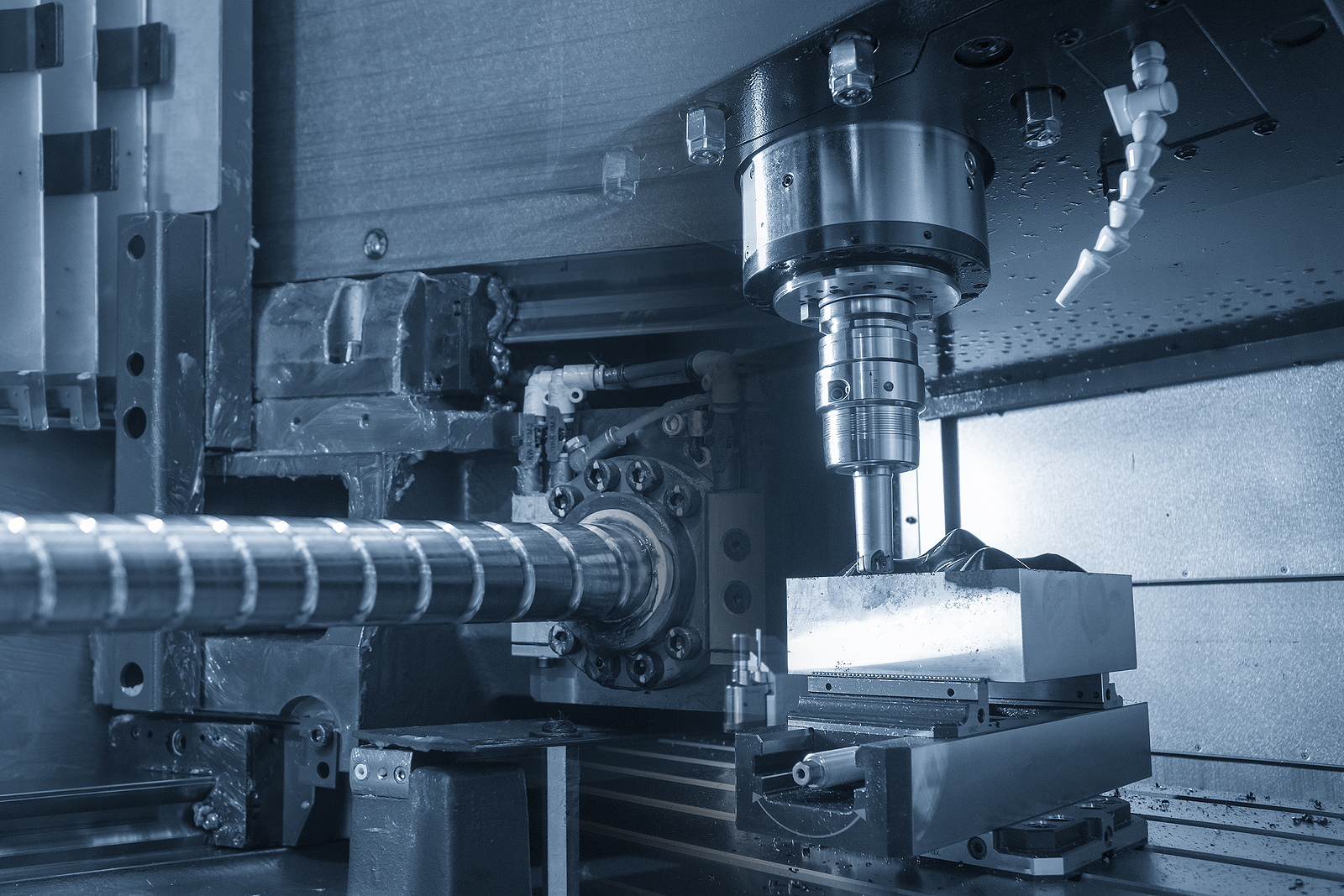Exploring New Developments in CNC Machining
Jul 06, 2021
Computer numerical control (CNC) machining is an automated, subtractive manufacturing process that uses software to control a set of tools. Although it is often thought to be a modern manufacturing technique, this technology has been used for decades, with the first CNC machine being credited to James Parsons in 1949. Despite its long history, CNC machining still represents the cutting edge of today’s precision manufacturing technology, as enormous strides have been made in every aspect of this technique, including in the tools and materials that are used and the automation technology that is employed.
As manufacturing technology has advanced at a staggering pace, CNC machining has stood out as an effective and efficient way to produce components for industries ranging from aerospace and defense to medical and specialty electronics. In this blog, we’ll explore new developments in CNC machining as well as advances to look out for in 2021 and beyond.
Increased Number of Axes
With traditional 3-axis machining, the workpiece remains fixed while the spindle operates on the x, y, and z axes in linear directions. This technique has been used for decades and is still the standard for many types of machined parts. However, the limitations of 3-axis machining are clear, as it is only suited to low-complexity, 2-D machining.
Advances in CNC machining have allowed for an increased number of axes to provide more flexibility when manufacturing components. For example, with 4-axis CNC machines, the workpiece itself can be rotated along its x-axis, which helps increase efficiency, as multiple sides can be machined without resetting.
Today, the apex of CNC machining technology can be found with 5-axis machining, which adds yet another axis for increased flexibility and efficiency. Using three linear axes and two rotational axes, this technology can produce complex components with extremely detailed cuts in an exceptionally efficient manner.
Advances in CAD & CAM Technology
Even as computer-aided design (CAD) and computer-aided manufacturing (CAM) advance, the price of adopting these technologies is decreasing. Today, CAD and CAM technologies are increasingly intuitive and capable of being seamlessly integrated into a variety of processes. As a result, the precision of designs and machining has increased as the cost of these processes has dropped.
Thin-Wall Machining
Lightweight yet durable thin wall components are often required for industrial applications, such as those in the aerospace industry. However, there have traditionally been challenges and high costs associated with thin-wall machining, as it can be difficult to produce components to precise specifications without any defects. Advances in CNC machining and CAD/CAM technology are changing this, reducing costs while increasing accuracy.
Changes in Employee Training
CNC technology may be increasingly automated, but a well-trained workforce will always be necessary to operate the technology and ensure quality. Today’s leading precision machining and fabrication companies are investing heavily in training employees on 3-D CAD and CAM software, which is dramatically increasing machining efficiency while ensuring greater precision and less waste.
Demmer Manufacturing’s Affiliates Utilize the Latest in CNC Machining Technology
At Demmer Manufacturing, we invest in our portfolio companies’ technology, infrastructure, and people. Our affiliates are meeting the demands of businesses across a range of industries worldwide for cost-effective, defect-free, precision machined components by leveraging cutting-edge technology and techniques, including 5-axis CNC machining. To learn more, view our portfolio and visit our affiliate companies’ websites.

